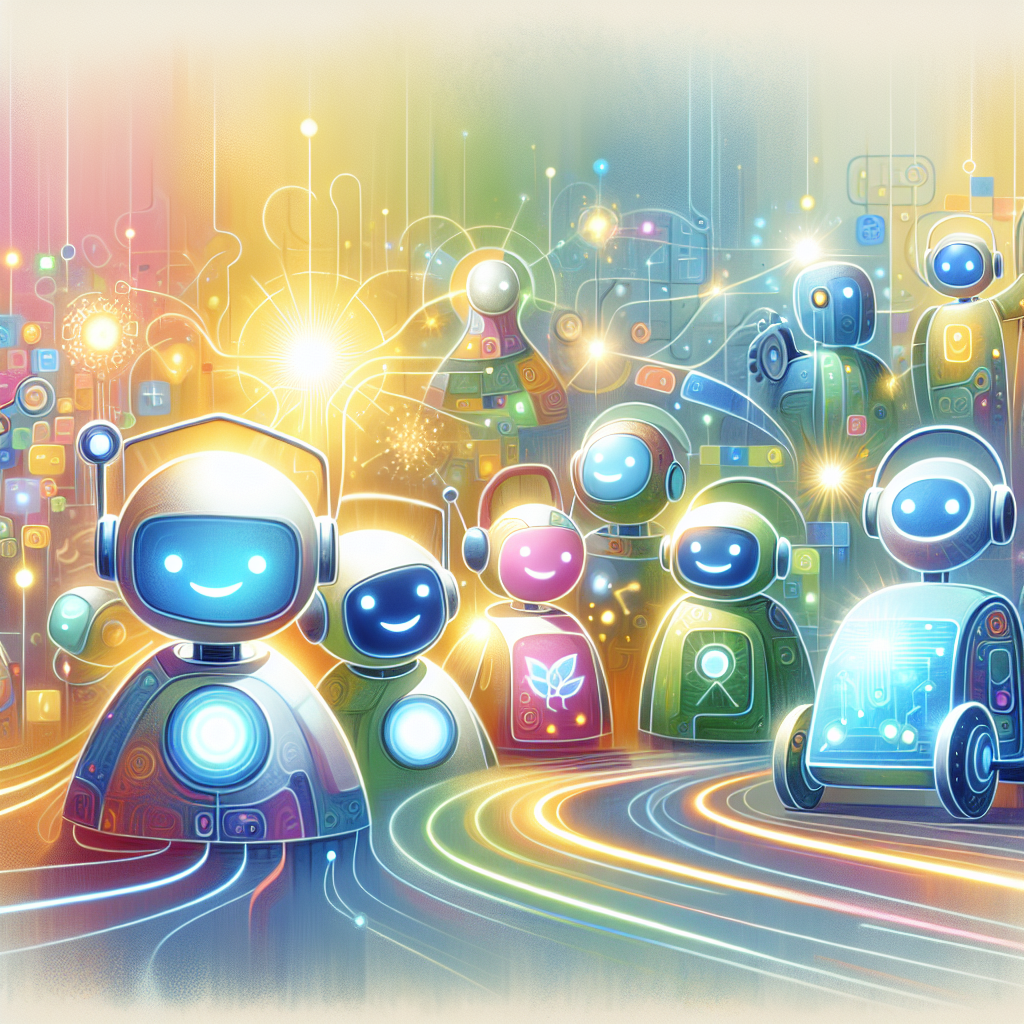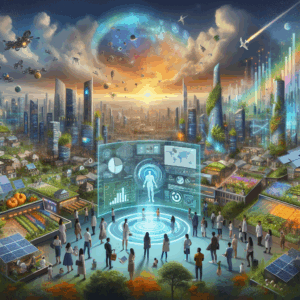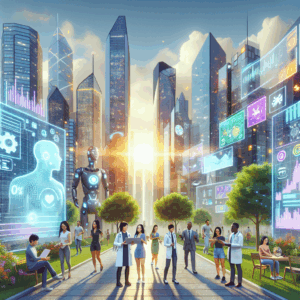Agent2Agent A2A: Empowering Autonomous Communication
Introduction to Agent2Agent A2A
Agent2Agent (A2A) communication represents an innovative framework within AI that enables autonomous agents to communicate and collaborate seamlessly. This protocol facilitates interoperability among AI agents from different platforms, improving their ability to work together and process complex tasks without direct resource sharing. The significance of A2A lies in its potential to revolutionize automation and decision-making processes, allowing for more agile and intelligent systems.
Reliable communication channels between agents are crucial in maintaining the integrity and efficiency of multi-agent systems. As agents become more prevalent in industries from finance to healthcare, the establishment of reliable communication protocols like A2A ensures that these autonomous entities can cooperate effectively without human intervention, leading to more efficient and scalable solutions.
Understanding Agent Communication Architecture
Communication among agents typically relies on structured protocols involving message passing and data encoding. These protocols define how messages are constructed, sent, received, and understood by different agents. There are several communication models in agent systems:
- Direct Communication: Involves one-to-one interactions where agents directly exchange messages.
- Asynchronous Communication: Agents communicate without requiring synchronization, enabling more flexible interactions.
- Publish/Subscribe Models: Agents subscribe to specific topics of interest and receive updates as new data is published.
Standards like the Foundation for Intelligent Physical Agents (FIPA) and frameworks such as JADE (Java Agent Development Framework) provide established guidelines for implementing these communication systems. They help maintain uniformity and ease of integration across different agent-based systems, making it easier for developers to implement and optimize agent communication strategies.
Key Applications of Agent2Agent A2A
The application of A2A extends across various industries, showcasing its versatility:
- Healthcare: A2A facilitates the collaboration of different AI diagnostics tools, enhancing patient care by integrating diverse datasets and processing them in coherence.
- Finance: Automating trading strategies by allowing multiple trading bots to exchange market insights and make synchronized decisions.
- Robotics: In manufacturing, robots communicate to coordinate tasks, reducing downtime and improving efficiency.
- IoT and Smart Systems: A2A supports seamless integration in IoT infrastructure allowing smart devices to operate in sync, enhancing automation in smart homes and cities.
- Gaming and Virtual Environments: Where agents interact consistently to create more responsive and engaging AI characters, generating a more immersive experience for users.
These applications demonstrate the transformative impact of A2A in enabling complex automation processes across various fields.
Typical Communication Flows in Agent2Agent A2A
The flow of communication in A2A often involves several patterns:
- Request-Response Pattern: A simple interaction where one agent requests information or a task from another, receiving a response after processing.
- Multi-Agent Coordination: A scenario where multiple agents work collaboratively to achieve a common objective, using A2A for cohesive interaction.
- Negotiation Processes: This involves agents communicating to reach an agreement or optimal decision.
Messages in A2A may involve structures defined by headers (e.g., sender, recipient, message type) and payloads, containing the data to be exchanged. Diagramming these flows helps visualize the complex interactions in multi-agent communications, simplifying the development and debugging processes.
Challenges in Agent2Agent Communication
Implementing agent communication comes with challenges, such as:
- Latency: Delays in message transmission can affect the responsiveness of the system.
- Interoperability: Ensuring agents from different vendors or frameworks effectively communicate can be complex.
- Security: Protecting the data integrity and privacy within agent communication channels is critical.
- Scalability: As the number of interacting agents grows, maintaining efficient communication without bottlenecks becomes more challenging.
Moreover, debugging and monitoring these systems require sophisticated tools and methods, especially as interactions become more complex and less predictable.
Solutions and Best Practices
To overcome these challenges, several strategies and tools can be employed:
- APIs and Middleware: These provide a layer that abstracts the complexity of the underlying communication protocols, simplifying implementation.
- Encryption and Security Measures: Implementing strong encryption and authentication protocols to secure communication between agents.
- Performance Monitoring Tools: These help in identifying and mitigating bottlenecks in communication flows.
Using established frameworks and adhering to best practices in designing communication protocols enhances reliability and efficiency.
Code Examples and Implementation
Here’s a simplified Python code for an agent communication protocol with key functions like handshake initiation, message send/receive, and verification:
import json
import uuid
import time
import hmac
import hashlib
import base64
from enum import Enum
from typing import Dict
class MessageType(Enum):
HANDSHAKE_REQUEST = "handshake_request"
HANDSHAKE_RESPONSE = "handshake_response"
class Agent:
def __init__(self, agent_id, secret_key):
self.agent_id = agent_id
self.secret_key = secret_key
def create_message(self, recipient_id, message_type, payload=None):
if payload is None:
payload = {}
message = {
"header": {
"message_id": str(uuid.uuid4()),
"sender_id": self.agent_id,
"recipient_id": recipient_id,
},
"payload": payload
}
message["signature"] = self.create_signature(message)
return message
def create_signature(self, message_data):
message_copy = message_data.copy()
message_copy.pop('signature', None)
message_string = json.dumps(message_copy, sort_keys=True)
signature = hmac.new(
self.secret_key.encode(), message_string.encode(), hashlib.sha256
).digest()
return base64.b64encode(signature).decode()
agent = Agent("agent01", "secret")
message = agent.create_message("agent02", MessageType.HANDSHAKE_REQUEST)
print(message)
This code provides a foundational approach to implementing a basic agent-to-agent communication setup, demonstrating message creation, signature handling, and handshake operation.
Conclusion
Agent2Agent A2A presents an advanced communication protocol facilitating efficient and scalable interaction among AI agents. Its adoption in modern AI applications heralds more collaborative, autonomous systems that can operate seamlessly across diverse platforms. By encouraging further innovation and exploration in A2A communication solutions, the potential to revolutionize how autonomous agents function and integrate into various industries is vast.





